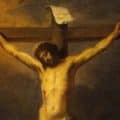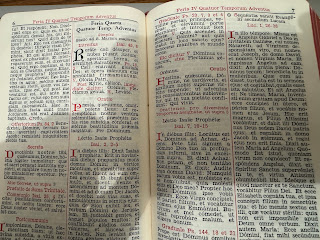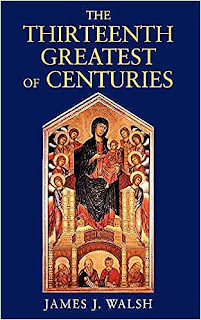“Four Times” is the literal translation of quattuor tempora, the official Latin name for what in English were traditionally termed Ember Days, the four Wednesdays, Fridays, and Saturdays specifically set aside as days of fasting at the beginning of each of the four seasons and so observed since ancient times until their unexpected abolition by Pope Paul VI. Thus, until within living memory, the Wednesday, Friday, and Saturday of this third Week of Advent were universally observed in the Latin Church as the Winter Ember Days – until they weren’t anymore. (Indeed, at a meeting of the Pian Pontifical Commission for the Reform of the Sacred Liturgy on February 5, 1952, there was apparent unanimity that the Ember Days « should be upgraded and that their celebration should be really observed. »)
Since so much of the Church’s inheritance was unceremoniously discarded by Paul VI (to no apparent benefit), the loss of the Ember Days hardly seems so significant. With the inevitably proximate passing of the last generation that can remember them, they will soon have disappeared completely from common Catholic consciousness (apart perhaps among some quaintly “high church,” liturgically enthusiastic, “Anglo-Catholic” remnants in the Anglican Communion).
In retrospect, of course, it is obvious that the annihilation of the Ember Days was not just an act of historical and cultural vandalism and an extreme expression of the contemporary antinomian allergy to penitence. It also highlights our contemporary disconnect from the natural world and the annual rhythm of the natural seasons (at precisely the time in human history when that disconnection is undermining even the very survival of human life on this fragile planet, which Pope Francis has fittingly called “our common home.”)
In addition to their connection to the natural rhythm of the seasons, the Ember Days long had a special ecclesial significance – at least since the late fifth-century Pope Gelasius designated the Ember Saturdays as especially suitable for ordinations. At Rome, those ordinations took place at Saint Peter’s Basilica. Hence Saint Peter’s has long been the Roman stational church for the four Ember Saturdays. I cannot confirm this, but I seem to recall having heard or read somewhere sometime that this week’s Advent Ember Saturday was once the particularly preferred Roman ordination day.
Apparently, on Ember Wednesdays there was a procession from St Peter in Chains to St Mary Major, where the formal announcement was made of those to be ordained. On the Ember Saturdays, five prophecies were read before the Epistle and the Gospel, making a total of seven readings. Tonsure was conferred after the Kyrie, and minor orders each after one of the first four readings, porters first, then lectors, exorcists and acolytes. Subdeacons were ordained after the fifth reading; deacons after the epistle; and priests just before the last verse of the tract.
In any case, the connection with ordinations highlights another important value associated with these quarterly Ember Days. Much as the world (especially the developed world which has been the culprit causing the current climate crisis) needs to rediscover our connection to and dependence upon the natural world, likewise the Church (especially in secularized and increasingly priestless societies) needs to retrieve a collective commitment to providing ordained ministers to serve the perennial mission of the Church.
Indeed, imagine if we still celebrated ordinations fasting in purple vestments on Ember Saturdays! How much more fitting than the overblown triumphalism that sometimes seems to characterize many such celebrations nowadays! (Of course, ordinations are joyful occasions for the life of the Church and in the life of the individuals involved. In proper proportion, festivity is certainly in order – for example, on the subsequent occasion of the newly ordained’s First Mass. But ordination is not meant to be an anticipated Golden Jubilee, let alone a canonization!)
Obviously, we are not going to get the old Ember Days back, but their disappearance reminds us of what we have lost and what we would do well to retrieve for both the fulfillment of the Church’s mission and the continuation of flourishing life in our “common home.”





